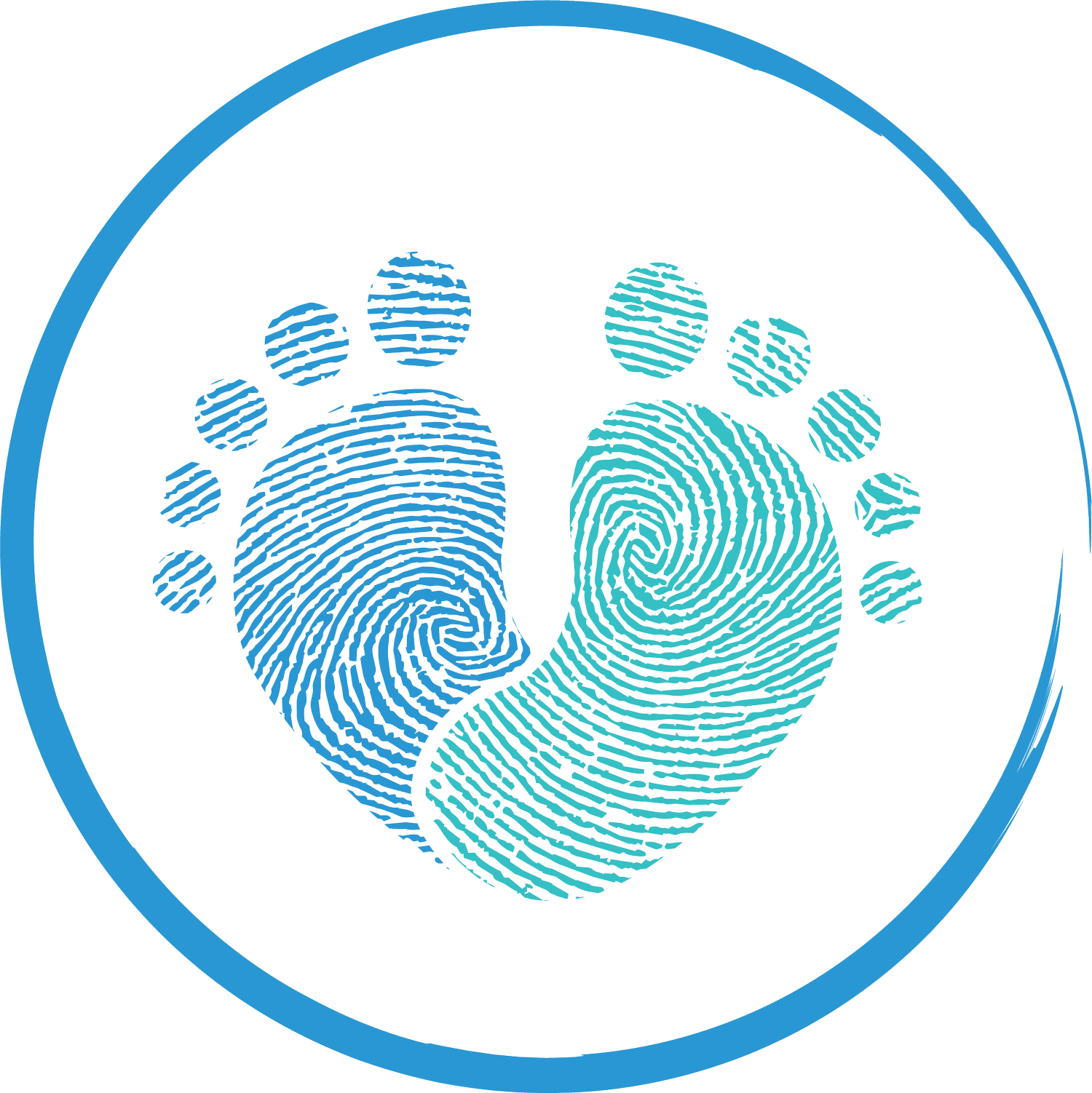Lower Limb Length Discrepancy, The Shorter Side of it
Lower limb length discrepancy (LLD) is a term used to describe when an individual has two lower limbs that are not equal in length. Do you have this? Honestly, most likely!
What is Lower Limb Length Discrepancy (LLD) and what causes it?
Only 10% of Americans have lower extremities that are the exact same length. This means that the majority of Americans have a lower limb length discrepancy of less than 1 cm. So how does this happen, what can we do about it and will this affect our daily lives? Let’s get into it.
Lower limb length discrepancy falls into three categories:
Structural (Major) - shortening of the bone that can occur because of unequal development, fracture(s) that can shorten or lengthen the bone, sacral deformities, bone infections, slight growth injuries before maturity that disturb normal bone growth, or arthritis
Functional (Major)- increasing or decreasing limb length due to joint contracture (tendons/joints/tissues tighten or shorten), axial malalignment, misaligned pelvis, adduction or flexion contractures of the hip, genu varum/valgum/recurvatum, calcaneovalgus, equinovarus (What does all this mean? Can you break this down into simpler terms? ), rearfoot pronation
Environmental (Minor) - Improper foot gear or canted running surfaces
As a result of this discrepancy, the body tries to compensate to allow us to continue to function as effectively as possible.
What are the symptoms of LLD?
The most common symptom experienced with LLD is back pain. As children begin to stand and walk, caregivers may notice a physical difference. Other symptoms may include poor posture and difficulty walking. In structural discrepancy, symptoms initially appear on the long leg whereas in functional they appear on the short leg first. LLD can become complex because 87.5% of individuals end up having a combination of structural and functional discrepancy. This usually happens because the structural discrepancy compensations in the longer leg will create contralateral functional limb shortening as compensation.
How can LLD be treated?
For the majority of Americans with a <1 cm LLD, most of the asymmetry can be managed using a combination of heel lifts, orthotics with adequate posting, improving shoe gear and/or changing running surfaces. Specificities are determined based on which discrepancy is exhibited. For the small percentage of Americans who have a discrepancy of 2 cm or greater, this is more likely to affect their daily life and can sometimes require surgical intervention.
How can the Foot Doctor Help?
It is always a good idea to have you or your child see one of our Podiatrists to be properly examined. The examination may include radiographs, measuring the limbs, a gait analysis and a physical exam. At The Foot Doctor, we are happy to work with you and your child to review available options and choose the best one based on your individual needs!


